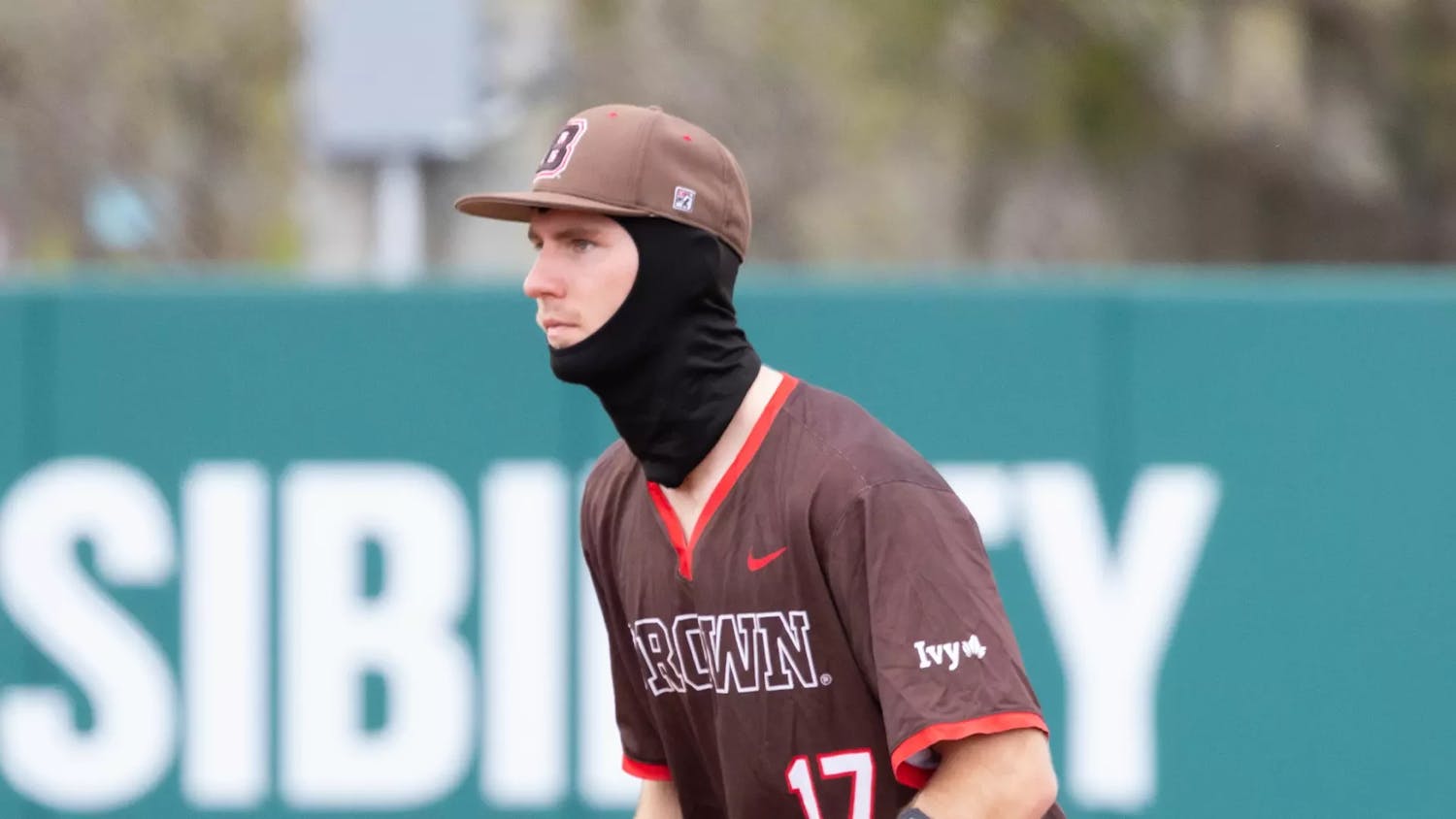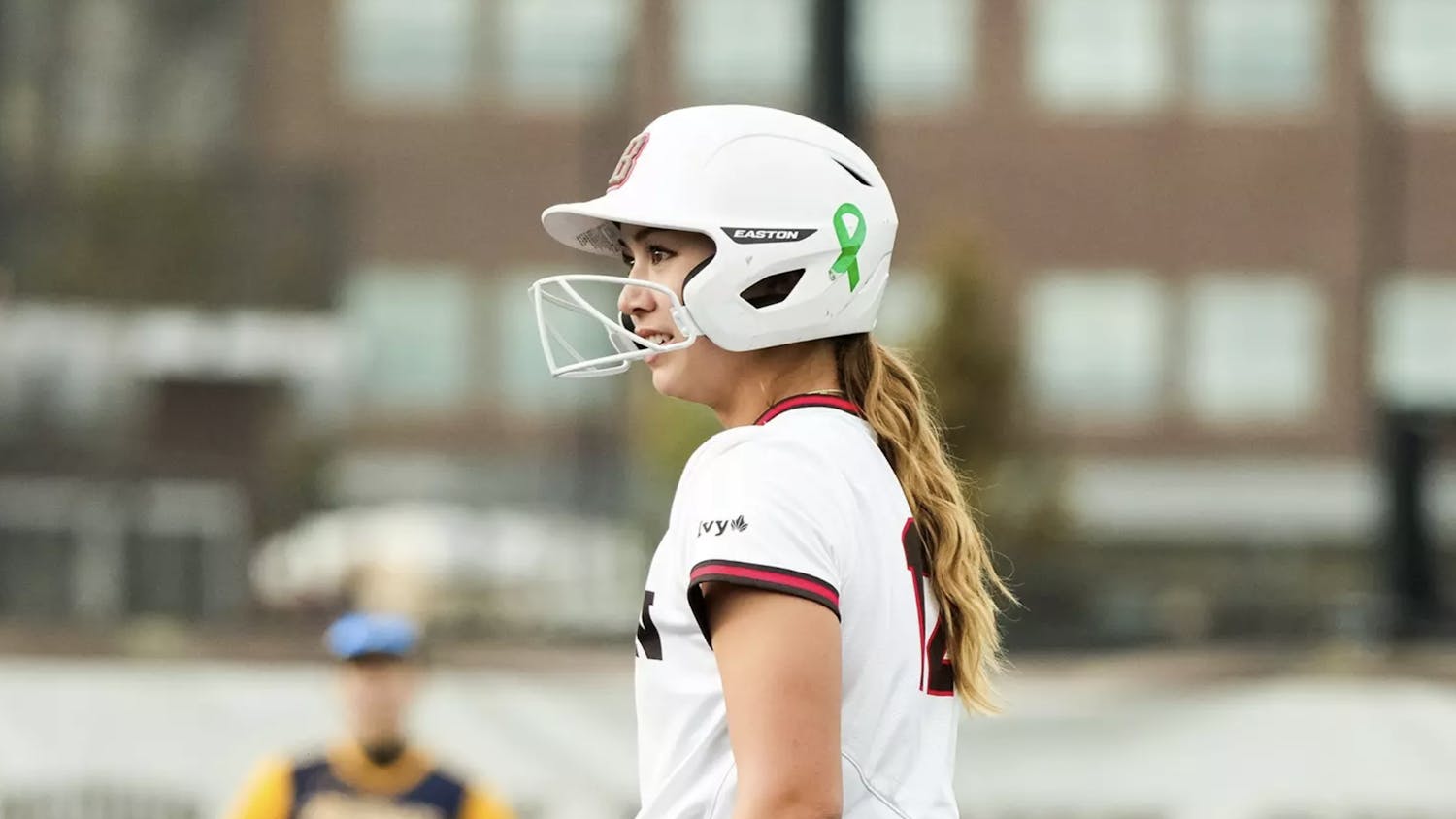This spring, the Red Sox — which made the major offseason acquisitions of David Price and Craig Kimbrel — came into Fort Myers, Florida with the cockiness that accompanies wearing a Boston uniform. Each season has the potential to be a championship season with the team’s large market and even larger payroll, and the players definitely act like it. But they aren’t playing like it. Sixteen games into the team’s spring training schedule, the Red Sox are 6-10. And the Sox are giving up a lot of runs in the process.
Spring training games are essentially meaningless. Their results don’t have any bearing on regular season standings, and teams sit their key players for the late innings of games or for entire games in order to limit wear on starters and give experience to younger players who are often not ready for more important games. As a result, a team’s spring training results are generally not true indicators of how a team will fare in the regular season. But often, especially this spring, the teams atop the Grapefruit League’s standings reflect the teams that qualified for the playoffs last year.
Though spring training records don’t necessarily forecast a team’s regular season strength, they do show an important aspect of a team’s composition: depth. The Sox, so far, have shown that they lack deep Major League talent in the infield and in the bullpen. While Manager John Farrell has limited the innings for his starters, he auditioned a number of potential bullpen arms, few of which have impressed. Teams that do the best in spring training games have the most players who are competitive at the Major League level. Having replacements that can produce in the Majors is an asset to a team, especially as the dog days of August set in.
The Red Sox’s poor Grapefruit League record is not cause for concern, but the fashion in which they are losing is worrisome. Their pitching, which was an aspect that the front office was adamant on improving over the offseason, has flopped in many cases in the preseason. The Sox are giving up an average of over 10 runs per game. Usually a reliable closer and now set-up man Koji Uehara has given up five runs in two appearances. Clay Buchholz, who entered this season with high hopes of a bounce-back year, has an ERA of almost seven after two appearances. Eduardo Rodiguez is currently out with a knee injury and won’t be ready for opening day. Though Boston’s recent acquisitions have lived up to expectations — most notably, Carson Smith has allowed no hits in three appearances — the Sox must be wary not to get bogged down by the thorns that could not produce last season. Rick Porcello has already thrown a stinker and does not inspire confidence after his abysmal season last year.
The Sox should not put too much stock into their poor performance this spring, but they do need to further bolster their bullpen over the course of the season. The Sox’s offense will produce. The way the Sox will make an impact this season is to win games even when the offense doesn’t score runs. If they can hold slim leads through the late innings of games, they’ll be playing baseball from now until at least late September.
The mantra states that defense wins championships, but let’s qualify that. Great bullpens win championships. And the Sox need to figure that out sooner than later.
Charlie Blasberg ’18 is a die-hard Red Sox fan. Trash talk him at charles_blasberg@brown.edu.




